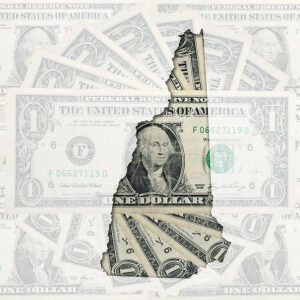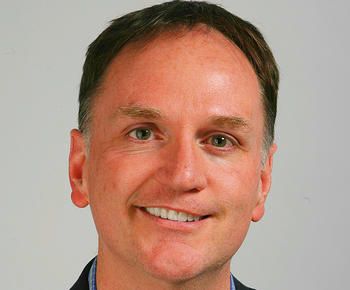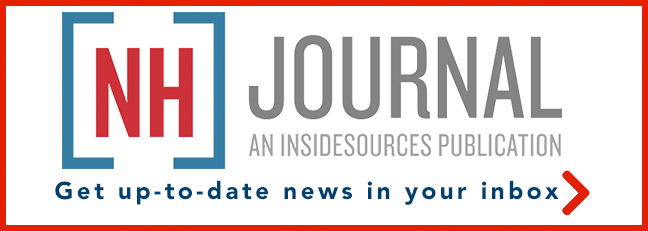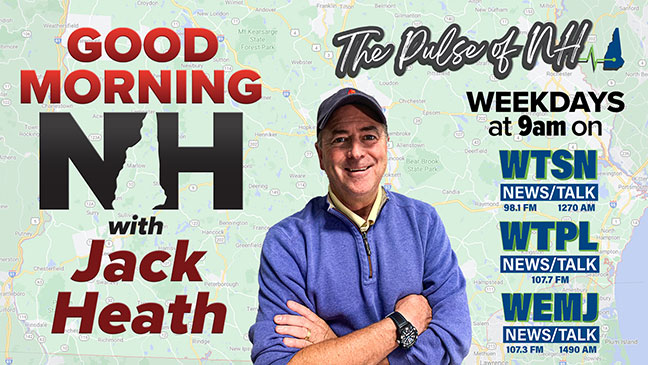New Hampshire taxpayers are spending a record amount on K-12 education, and the state’s contribution to local schools has never been higher.
That’s according to the latest data on education funding released by the New Hampshire Department of Education Wednesday.
“The New Hampshire Department of Education is releasing its newest cost per pupil data for the 2023-2024 school year. The new statewide average operating cost per pupil of $21,545 is an increase from last year’s average cost per pupil of $20,323 (or $20,933 adjusted for inflation),” according to the report.
The national average is less than $16,000 per pupil.
“Total expenditures for the 2023-2024 school year also approached a new record of more than $4 billion in New Hampshire.”
The data also show the state’s average per-pupil payment rose from just under $5,000 when Gov. Chris Sununu took office to more than $6,100 last year.
Those numbers contradict claims made by House Minority Leader Alexis Simpson (D-Exeter) and Senate Minority Leader Rebecca Perkins Kwoka (D-Portsmouth) at a press conference last week. They told reporters that declining state aid to local schools was “downshifting” costs onto local property taxpayers.
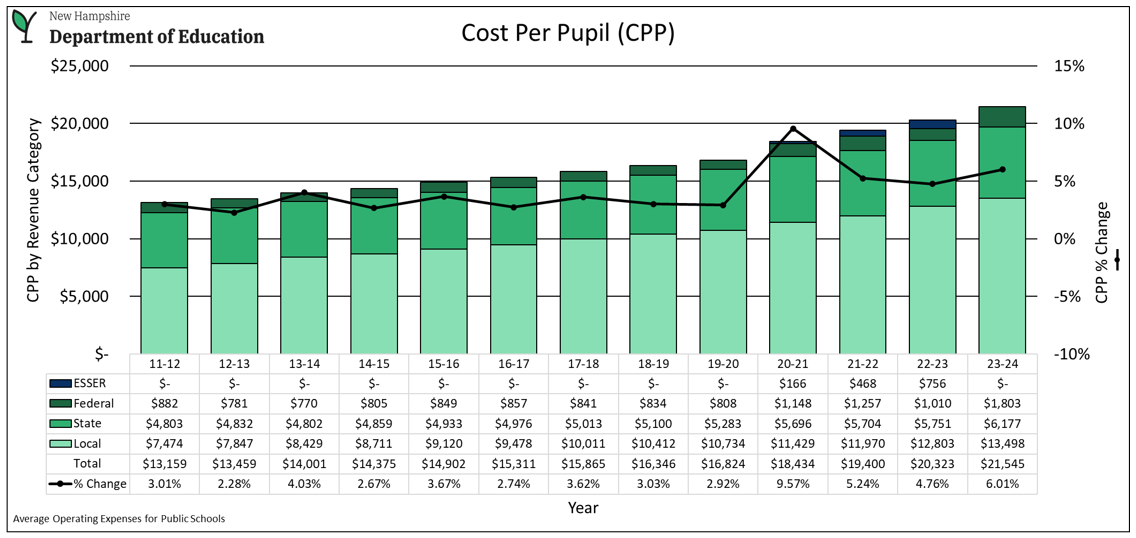
According to this data, that’s not true.
NHJournal reached out to Simpson and Perkins Kwoka for clarification. Both declined to respond.
The increase in spending comes at the same time enrollment in New Hampshire public schools is plunging. As recently as 2008, there were more than 200,000 students in the state’s public school system. In 2024, that number fell to 162,660.
Commissioner of Education Frank Edelblut said the numbers show the commitment Granite Staters have made to supporting public schools.
“The taxpayers of New Hampshire have worked hard to support students, families, and our public schools, increasing funding by more than $400 million since 2021, resulting in a record high cost per pupil,” Edelblut said. “The legislature also continues to support our schools with policies assisting some of our most economically challenged communities. This includes several districts that receive state aid, contrary to much of the rhetoric, of more than $10,000 per student – with one district receiving more than $16,000 of state funding per pupil.”
The numbers come at the beginning of what State House insiders believe will be a grueling budget process as state spending has exceeded revenues.
Republicans like Gov. Kelly Ayotte say the numbers show they’re right about local decisions, and not state funding, being the source of high property taxes.
“We will certainly not be looking to pass additional costs to localities, but they have to live within their means as well,” Ayotte said of state and local funding during a presser on Wednesday.
Asked if it is “fair” to tell property taxpayers to take their complaints about high costs to local officials, Ayotte replied, “You really should take that up locally. Those are the direct votes that have a very direct impact. I’m not saying the state doesn’t have an impact on your (property) tax liability; the state certainly does. But it is a dual responsibility that we have, and you do have to look at who you’re electing locally.”
The Kearsarge Regional School District recently made headlines when parents poured into a district meeting to oppose a $27,000 per pupil cap on spending. They said that figure was too low and voted in favor of a $33,000 per student budget. Asked by NHJournal if that $33,000 figure struck her as a bit high, Ayotte said, “It does.”
“My job, obviously, and everyone who’s elected here, is to look out for taxpayers of the state’s money. The same has to happen at the local level.”

